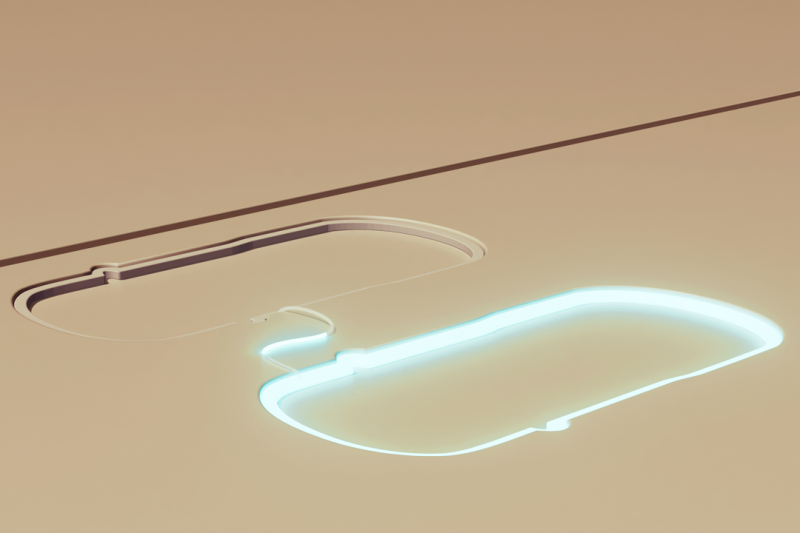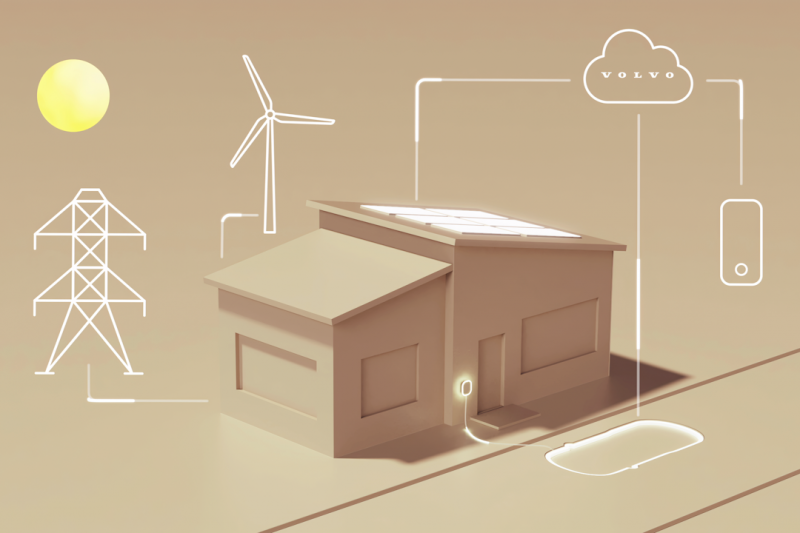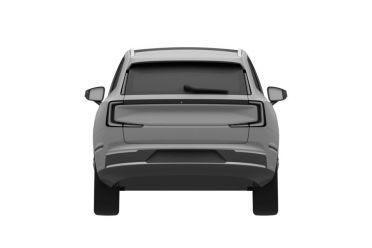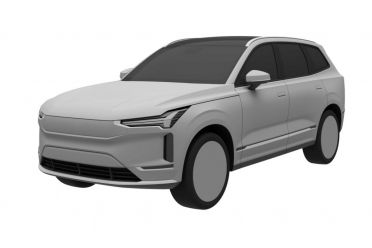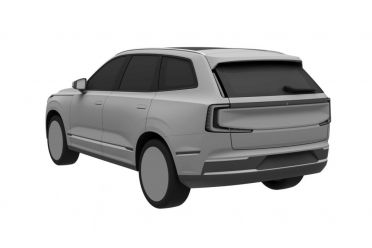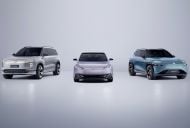The upcoming Volvo EX90 SUV will be the brand’s first vehicle that’s “hardware-ready” for bi-directional charging.
The Swedish brand has further teased its all-electric XC90 successor ahead of a November 9 reveal, confirming it’ll be able to power your home and other electric devices, including other electric vehicles (EVs).
The company says it’s currently assessing which markets it will be possible to offer bi-directional charging, and it’ll initially be available only in “selected markets”.
Volvo Car Australia has yet to officially confirm the EX90 will launch locally, and hence it’s unclear whether the bi-directional charging functions will be offered here.
The EX90 will join electric vehicles such as the Hyundai Ioniq 5, Kia EV6, Kia Niro, BYD Atto 3, as well as the Mitsubishi Outlander PHEV in offering vehicle-to-load (V2L) capability, though it’s unclear what the V2L power output will be.
V2L technology can be used, for example, to power appliances during camping trips when you’re away from a power source, or during rescue and relief efforts during natural disasters or other crises.
The EX90 will also have vehicle-to-home (V2H) and vehicle-to-grid (V2G) technology, which uses the same underlying principle as V2L but supplies power back to the home or electricity grid from the vehicle’s battery.
The best way to think about V2G and V2H is as a ‘power sharing’ concept between the home/power grid and the vehicle, that has the potential to make households and offices less reliant on the grid for their energy needs.
It can also allow you to charge your vehicle somewhere with cheaper and cleaner electricity, and then discharge it to your home at night when electricity prices may be higher.
The power sharing is undertaken primarily through a two-way charger (also known as a bi-directional charger), a special type of charger that’s able to feed current back into the electricity grid or home from the EV’s battery.
MORE: V2L: What is it and what are the benefits?
Volvo says the entire bi-directional charging process will be automatic and entirely managed by the smart charging functionality in its Volvo Cars app.
There’s an underlying algorithm that ensures the battery charges and discharges in a “limited way”, which is claimed to reduce the risk of avoidable battery degradation.
The app will also allow owners to charge the EX90 when demand from the grid and prices are low, to save for a later use.
Volvo plans to offer the hardware that’s necessary to start using bi-directional charging features, including an “advanced” wall box and home energy management system.
Other accessories such as adaptor plugs for appliances and cables for charging other cars will also be available.
Volvo has been progressively rolling out more information about the EX90, confirming it will debut a new range of driver assists designed to keep its occupants safer than ever.
All up there’s a set of eight cameras, five radars, 16 ultrasonic sensors, and a cutting-edge LiDAR sensor scattered in and around the Volvo EX90.
“We believe the EX90 to be the safest Volvo car to ever hit the road,” said Joachim de Verdier, head of Safe Vehicle Automation at Volvo Cars.
Images filed with the European Union Intellectual Property Office, first published by Worldscoop, show an upright SUV which borrows heavily from the Volvo Concept Recharge.
A separate filing, picked up by Motor 1, suggested the Embla name would be used along the EX90 badge, though the company’s recently appointed CEO Jim Rowan may have shelved plans to re-introduce “real” names according to an Automotive News Europe report.
The front end features slim lights and a closed-off grille due to its electric powertrain, while the side profile is part SUV and part Cross Country wagon.
The Volvo EX90 will debut a new vehicle architecture for the Swedish carmaker.
It will reportedly be an evolved version of the current XC90’s SPA architecture, which underpins the brand’s medium-to-large vehicles.
Electric SPA2 vehicles will reportedly offer a completely flat floor, shortened overhangs, and a more cab-forward stance, while combustion-engine models will reportedly feature more conventional interior proportions.
Previous reports have indicated the XC90 replacement will be offered only with electric powertrains. The current XC90 will hang around for a few years longer to offer buyers an option of petrol power.
MORE: Volvo EX90 SUV designed to be company’s safest car ever
MORE: V2L: What is it and what are the benefits?





